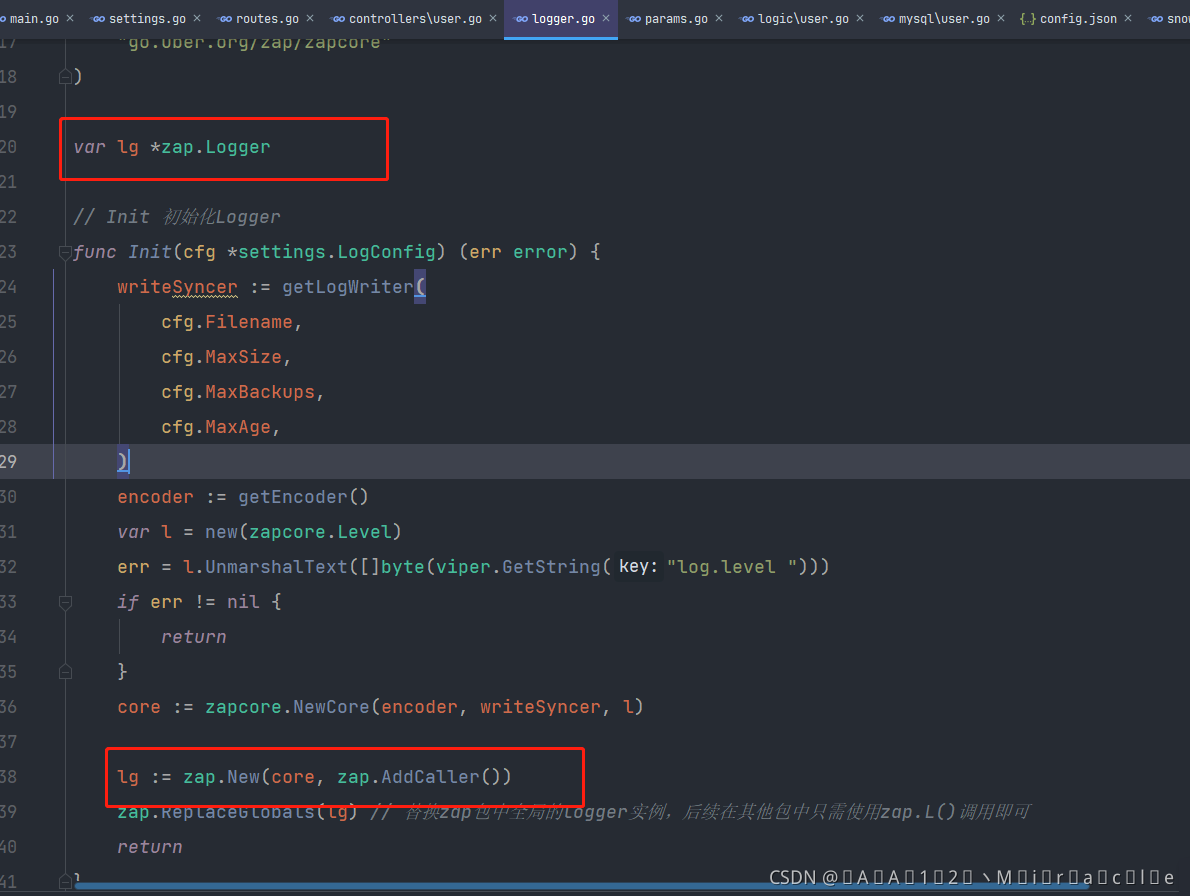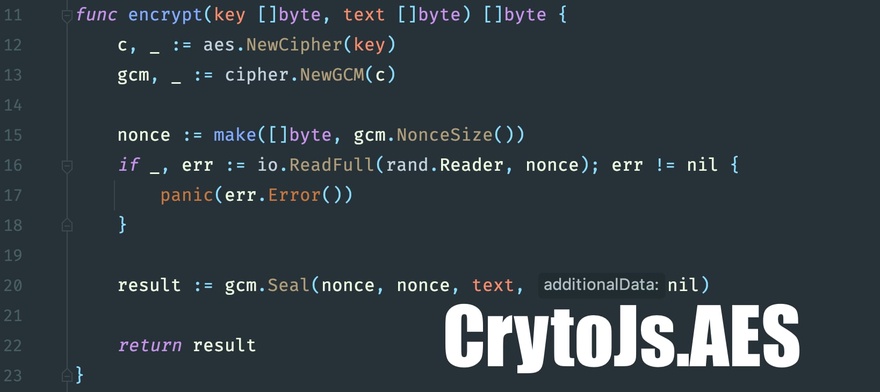If you’re diving into the world of Go programming and cryptography, you might have stumbled upon the phrase panic: crypto/aes: invalid key size 44 golang. What does this mean? Why should you care? Let’s unpack these technical mishaps and unravel their implications on your development projects and even your investments in crypto. Buckle up for a deep dive!

panic: crypto/aes: invalid key size 44 golang
The Basics of AES and Its Importance
AES, or Advanced Encryption Standard, is a symmetric encryption algorithm widely used across the globe. It’s the backbone of security for numerous systems, ensuring that data remains confidential and secure from cyber threats. In a world where data breaches are rampant, understanding AES is essential. It’s crucial for not just programmers but also anyone dealing with sensitive information.

panic: crypto/aes: invalid key size 44 golang
Encryption and Decryption: The Essentials
Encryption transforms data into an unreadable format, and decryption reverses that process. AES operates on fixed block sizes of 128 bits and supports key sizes of 128, 192, or 256 bits. If you try to input an invalid key size, like 44 bits, the Go programming language throws a panic — which stops the execution of your program, alerting you to a critical error. Think of it as a safety net that catches you before you make a catastrophic mistake!

panic: crypto/aes: invalid key size 44 golang
Diving into the Panic
The message panic: crypto/aes: invalid key size 44 golang signifies that you’ve provided an incorrect key length. Go’s panic mechanism is similar to throwing an exception in other programming languages — it means something went horribly wrong. But don’t worry! This isn’t the end of the world; it’s simply a learning moment.

panic: crypto/aes: invalid key size 44 golang
Why Key Size Matters
The strength of an encryption method largely relies on the size of the keys used. Inadequate key sizes leave vulnerabilities, making your encrypted information susceptible to attacks. Let’s say you’re handling financial data — the last thing you want is an easily hackable encryption standard. Always adhere to the recommended configurations to safeguard your crypto operations!

panic: crypto/aes: invalid key size 44 golang
Case Study: The Effects of Weak Encryption
Consider a fictitious digital currency exchange, Cryptex. They began using a weak key size of 44 bits and soon faced a security breach, leading to the loss of millions in customer funds. On the flip side, exchanges that utilized strong key lengths, like 256 bits, have withstood cyberattacks, demonstrating the importance of proper key sizing.
Real-World Scenarios of Panic: Crypto/AES
User Story: The Developer’s Dilemma
Imagine you’re a developer launching a new cryptocurrency wallet. All the coding is complete, and you’re ready to encrypt users’ private keys. Out of excitement, you mistakenly input a 44-bit key size. Suddenly, your program halts. Unlike ordinary debugging scenarios, this panic indicates a misunderstood concept of encryption strength. Rectifying the key size would then become an immediate priority to ensure the wallet’s security.
Market Trend Analysis: Security Breaches on the Rise
Recent studies reveal that over 70% of companies report a rise in security breaches, primarily due to inadequate encryption practices. The ramifications are immense not only for the individuals affected but also for the company’s reputation and profitability. Failing to secure sensitive data is not just a technical error but a huge business risk!
Statistics That Matter
This chart highlights the high percentage of companies facing encryption-related breaches. It’s imperative for developers and businesses alike to grasp AES’s core principles before diving into implementations.
Exploring Go’s Panic Features
Go’s panic feature is its way of handling emergencies in code execution. So when you place an invalid key size within the AES function, Go immediately reacts instead of allowing your program to continue functioning improperly. This ensures higher security standards and protects sensitive data. It’s like an alarm bell that alerts you, “Hey, you’re doing it wrong!”
Best Practices for Avoiding Panic in Your Crypto Projects
To keep your crypto applications running smoothly and securely, consider these best practices:
- Always use recommended key sizes for AES: 128, 192, or 256 bits.
- Conduct thorough testing of your encryption paths to identify errors before they result in panic.
- Utilize comprehensive logging to capture details during a panic to facilitate easier debugging.
Understanding the Broader Crypto Landscape
Market Overview: Crypto Security Trends
The rising interests in cryptocurrencies are paralleled by increasing security concerns. As institutions, individuals, and even governments engage in digital currencies, the importance of robust encryption cannot be overstated. Blockchain technology itself is seen as the secure backbone for numerous cryptocurrencies, making AES an essential tool and an area of continuous focus in security developments.
Case Study: Blockchain and AES
Blockchain platforms utilize AES to ensure transaction security. For instance, Ethereum, one of the leading blockchain networks, employs advanced encryption to secure wallets and transaction data. The adoption of rigorous encryption standards is a testament to the awareness of digital currency market stakeholders regarding cybersecurity risks.
Potential Pitfalls of Ignoring Proper Key Size
Ignoring proper key sizes leads to severe consequences. Let’s go back to our fictional scenario involving Cryptex. Had they implemented stronger security practices, their customer funds could have been secured, and their reputation intact. In today’s digital age, where reputation can make or break a company, enhanced security protocols should be non-negotiable!
Final Thoughts: Navigating the Crypto World with Confidence
Encounters with panic: crypto/aes: invalid key size 44 golang serve as teaching moments for developers and companies alike. Understanding the mechanisms behind encryption errors can significantly improve security practices. Make it a point to prioritize AES and educate yourself on effective key sizes to build trustworthy applications that protect users’ information. Stay safe, stay secure!
User Engagement Section
FAQs
- What is AES? – Advanced Encryption Standard is a widely used encryption algorithm.
- Why does Go panic? – Go panics when it encounters critical errors, such as invalid key sizes.
If you have any tales of “panic” moments during your crypto endeavors, feel free to share in the comments below! Your experiences might just help someone avoid a similar situation.


